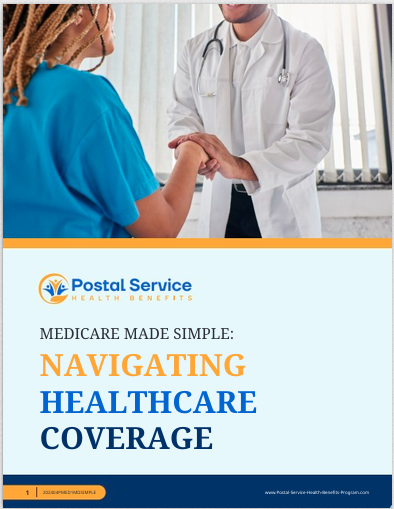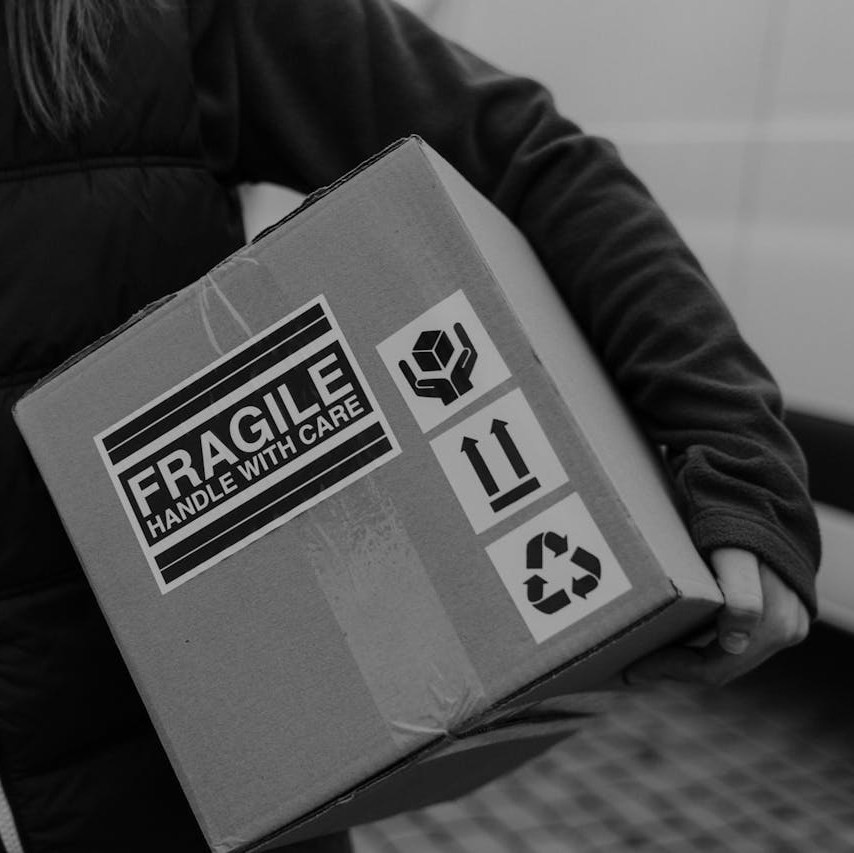Key Takeaways:
- Postal workers need to factor in healthcare costs when planning their financial future, especially with the shift to the Postal Service Health Benefits (PSHB) program.
- Budgeting for health-related expenses early can help postal workers manage unexpected medical costs and maintain financial stability.
PSHB and Your Wallet: How Postal Workers Can Prepare for Healthcare Costs and Budgeting
As postal workers transition to the new Postal Service Health Benefits (PSHB) program, it’s essential to understand how these changes can impact their overall healthcare costs and financial planning. Healthcare expenses can be unpredictable, making it crucial to budget wisely for both routine and unexpected medical needs. In this article, we’ll explore practical steps postal workers can take to prepare for these costs and ensure their financial future remains secure.
Understanding the Postal Service Health Benefits (PSHB)
The Postal Service Health Benefits (PSHB) program is a health insurance initiative designed specifically for U.S. Postal Service employees and retirees. It’s important to understand how the PSHB differs from other federal health programs, such as the Federal Employees Health Benefits (FEHB), and how it can impact your healthcare costs.
While the PSHB aims to provide comprehensive coverage, including preventive care, prescription drugs, and access to medical specialists, it’s important to remember that no health insurance program covers every cost entirely. Workers must prepare for potential out-of-pocket expenses such as deductibles, co-pays, and non-covered services. Having a solid grasp of these potential costs will allow postal workers to budget effectively and avoid financial surprises.
Key Differences Between PSHB and Other Health Plans
As you transition to the PSHB, you may notice differences in coverage, network providers, and cost-sharing structures. Understanding these key variations can help you better anticipate the financial impact on your wallet. For instance, if you’re used to the Federal Employees Health Benefits (FEHB) program, you might experience a change in the out-of-pocket costs or the coverage scope for specialized care.
Some postal workers, especially those nearing retirement, should pay extra attention to the coverage changes under PSHB. These adjustments may influence how much you need to budget for healthcare as you age, given the potential rise in medical expenses for retirees.
Estimating Healthcare Costs for Postal Workers
Healthcare costs can fluctuate based on several factors, including age, health status, and family size. It’s vital to estimate these costs as part of your financial planning, particularly when transitioning to a new health plan like the PSHB. Here’s how to get started:
1. Assess Your Current Healthcare Expenses
Start by reviewing your past healthcare spending. This includes your premiums, co-pays, deductibles, and any out-of-pocket costs for prescriptions or specialist visits. Understanding your current expenses will provide a baseline for what you might expect under the PSHB.
If you haven’t already, consider using a healthcare cost calculator to estimate future expenses. These calculators allow you to input variables like age, location, and coverage level, providing a more accurate forecast of future medical costs.
2. Consider Long-Term Health Needs
Healthcare costs tend to increase with age, making it important to factor in long-term medical needs. As postal workers approach retirement, they may experience more frequent doctor visits, higher prescription drug costs, and possibly the need for long-term care. Consider setting aside extra funds to cover these potential expenses, especially if you have a family history of chronic illnesses.
3. Budget for Routine and Preventive Care
Routine check-ups, vaccinations, and screenings are essential for maintaining good health and preventing serious illnesses. Most insurance plans, including PSHB, cover preventive care at no additional cost to the policyholder. However, you should still budget for any additional tests or treatments that may arise from these check-ups. Postal workers should prioritize preventive care, as catching a health issue early can save money in the long run.
Creating a Healthcare Budget
Once you’ve estimated your healthcare costs, it’s time to create a budget that aligns with your income and long-term financial goals. A well-structured healthcare budget can prevent financial stress and help you stay prepared for both expected and unexpected medical expenses.
1. Prioritize Emergency Savings
Having an emergency fund is critical for covering unexpected healthcare costs, such as an unexpected surgery or hospitalization. A good rule of thumb is to save at least three to six months’ worth of living expenses, but if you anticipate significant healthcare needs, it’s wise to aim for even more.
2. Set Aside Funds for Out-of-Pocket Costs
Most health insurance plans, including PSHB, will have out-of-pocket expenses such as co-pays and deductibles. Make sure to set aside enough funds to cover these. Depending on your plan’s cost-sharing structure, you may also face other out-of-pocket costs for things like non-covered services or prescriptions that aren’t fully covered.
3. Consider a Health Savings Account (HSA) or Flexible Spending Account (FSA)
Both HSAs and FSAs offer tax advantages that can help you save for healthcare expenses. HSAs are available to those enrolled in high-deductible health plans, allowing you to save money tax-free for qualified medical expenses. FSAs also offer pre-tax savings, but you must use the funds within the calendar year. Postal workers should explore whether their health plan under PSHB offers these savings options and take full advantage if available.
Managing Healthcare Costs in Retirement
For postal workers nearing retirement, healthcare costs can become a more significant portion of your budget. Preparing for these expenses now can help ensure a more comfortable retirement. Here are some strategies for managing healthcare costs in your golden years:
1. Plan for Medicare Enrollment
Once you retire, you’ll likely transition from PSHB to Medicare, which will become your primary insurance provider. However, it’s important to understand how PSHB coordinates with Medicare and what costs you’ll still be responsible for. Medicare does not cover all healthcare expenses, so be prepared for out-of-pocket costs like prescription drugs and long-term care.
2. Understand Long-Term Care Costs
Long-term care, such as nursing home care or in-home assistance, is one of the largest healthcare expenses retirees face. It’s crucial to budget for these costs early, as Medicare typically does not cover long-term care services. You may want to explore long-term care insurance or other savings options to help cover these potential expenses.
3. Review Your Retirement Healthcare Options
As you approach retirement, take the time to review your healthcare options carefully. Some postal workers may qualify for retiree healthcare benefits, but it’s important to understand what’s covered and what’s not. Ensure your retirement savings plan accounts for potential healthcare costs, especially as medical needs tend to increase with age.
Practical Tips for Reducing Healthcare Costs
Even with a solid budget in place, there are steps you can take to reduce healthcare costs and stretch your budget further.
1. Choose In-Network Providers
One of the easiest ways to reduce healthcare costs is to choose doctors and healthcare providers within your insurance network. Out-of-network providers often come with higher fees, so always check to see if your preferred doctor is covered under your PSHB plan.
2. Use Generic Medications
If you take prescription drugs, ask your doctor if a generic version is available. Generic medications typically cost significantly less than brand-name drugs but offer the same effectiveness. This can help reduce your prescription drug costs over time.
3. Stay Healthy
The best way to save on healthcare costs is to maintain a healthy lifestyle. Regular exercise, a balanced diet, and preventive care can help you avoid expensive medical treatments down the road. Postal workers, who often lead active lifestyles, can benefit greatly from staying proactive about their health.
Planning Ahead for Healthcare Costs
Healthcare costs are an unavoidable part of life, but with proper planning and budgeting, postal workers can be better prepared for the expenses they may face. By understanding the ins and outs of the PSHB program, estimating future healthcare costs, and setting aside funds, you can ensure that healthcare expenses don’t derail your financial future.
Being proactive now will save you from financial headaches later and provide peace of mind as you continue working or enter retirement. The key is to stay informed, plan ahead, and budget wisely to navigate the rising costs of healthcare successfully.
Preparing for the Future
As postal workers transition to the PSHB program, it’s more important than ever to budget for healthcare costs and plan for retirement. By following these budgeting tips and staying informed about your healthcare options, you’ll be better equipped to manage healthcare expenses and secure your financial well-being. Start by evaluating your current healthcare spending, consider long-term medical needs, and take full advantage of available savings tools like HSAs and FSAs.
Contact Information:
Email: [email protected]
Phone: 6026285580







